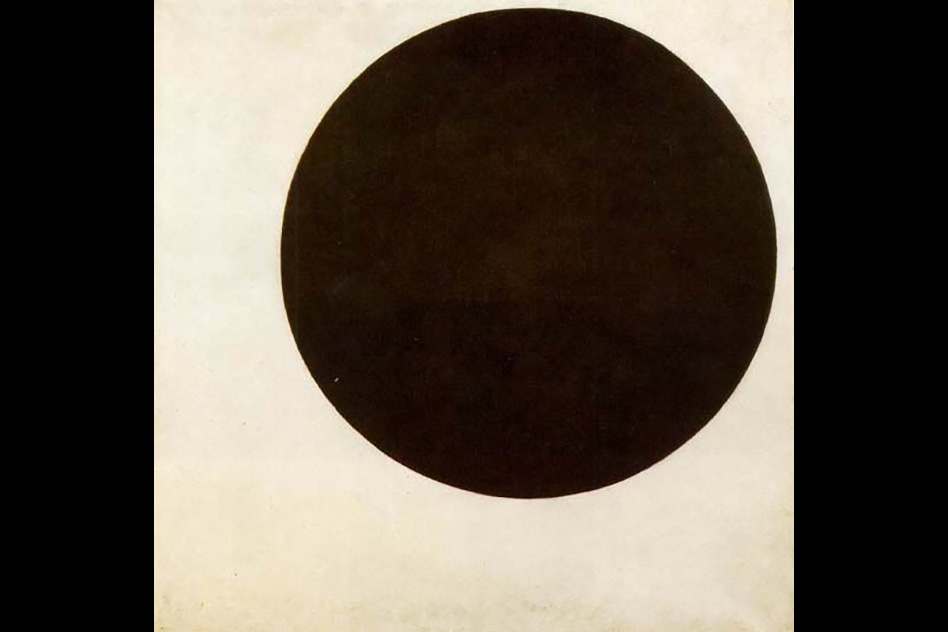Theorists Predict New Forms of Exotic Insulating Materials
Topological insulators — materials whose surfaces can freely conduct electrons even though their interiors are electrical insulators — have been of great interest to physicists in recent years because of unusual properties that may provide insights into quantum physics. But most analysis of such materials has had to rely on highly simplified models.
Now, a team of researchers at MIT has performed a more detailed analysis that hints at the existence of six new kinds of topological insulators. The work also predicts the materials’ physical properties in sufficient detail that it should be possible to identify them unambiguously if they are produced in the lab, the scientists say.
The new findings are reported this week in the journal Science by MIT professor of physics Senthil Todadri, graduate student Chong Wang, and Andrew Potter, a former MIT graduate student who is now a postdoc at the University of California at Berkeley.

“In contrast to conventional insulators, the surface of the topological insulators harbors exotic physics that are interesting both for fundamental physics, and possibly for applications,” Senthil says. But attempts to study the properties of these materials have “relied on a highly simplified model in which the electrons inside the solid are treated as though they did not interact with each other.” New analytical tools applied by the MIT team now reveal “that there are six, and only six, new kinds of topological insulators that require strong electron-electron interactions.”
“The surface of a three-dimensional material is two-dimensional,” Senthil says — which explains why the electrical behavior of the surface of a topological insulator is so different from that of the interior. But, he adds, “The kind of two-dimensional physics that emerges [on these surfaces] can never be in a two-dimensional material. There has to be something inside, otherwise this physics will never occur. That’s what’s exciting about these materials,” which reveal processes that don’t show up in other ways.
In fact, Senthil says, this new work based on analysis of such surface phenomena shows that some previous predictions of phenomena in two-dimensional materials “cannot be right.”
Since this is a new finding, he says, it is too soon to say what applications these new topological insulators might have. But the analysis provides details on predicted properties that should allow experimentalists to begin to understand the behavior of these exotic states of matter.
“If they exist, we know how to detect them,” Senthil says of these new phases. “And we know that they can exist.” What this research doesn’t yet show, however, is what these new topological insulators’ composition might be, or how to go about creating them.
The next step, he says, is to try to predict “what compositions might lead to” these newly predicted phases of topological insulators. “It’s an open question now that we need to attack.”
Joel Moore, a professor of physics at the University of California at Berkeley, says, “I think it is a very insightful piece of work. It is less about a very complicated calculation than about thinking deeply and abstractly.” While much work remains to be done to find or create such materials, he says, “this work provides some clear guidance,” revealing that the number of possible states “is remarkably small” and that understanding their properties should not be as complicated as might have been expected.
The research was supported by the U.S. Department of Energy, the National Science Foundation, and the Simons Foundation.
Keep Reading
Most Popular
Large language models can do jaw-dropping things. But nobody knows exactly why.
And that's a problem. Figuring it out is one of the biggest scientific puzzles of our time and a crucial step towards controlling more powerful future models.
How scientists traced a mysterious covid case back to six toilets
When wastewater surveillance turns into a hunt for a single infected individual, the ethics get tricky.
The problem with plug-in hybrids? Their drivers.
Plug-in hybrids are often sold as a transition to EVs, but new data from Europe shows we’re still underestimating the emissions they produce.
Stay connected
Get the latest updates from
MIT Technology Review
Discover special offers, top stories, upcoming events, and more.